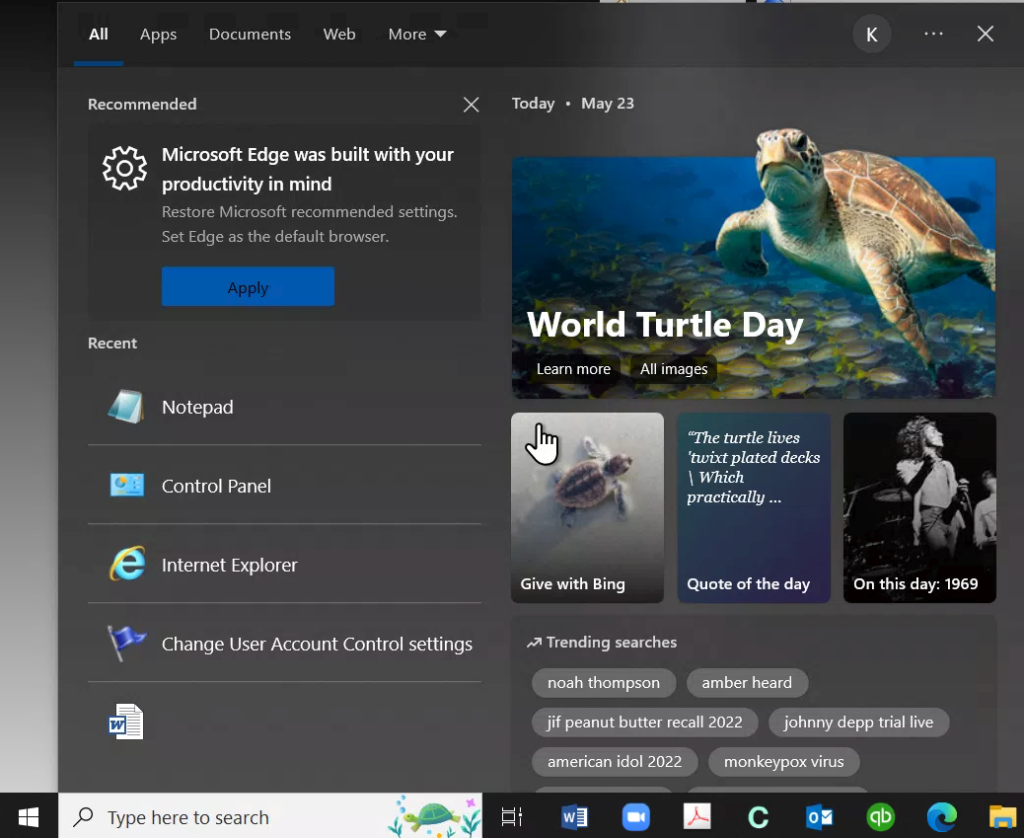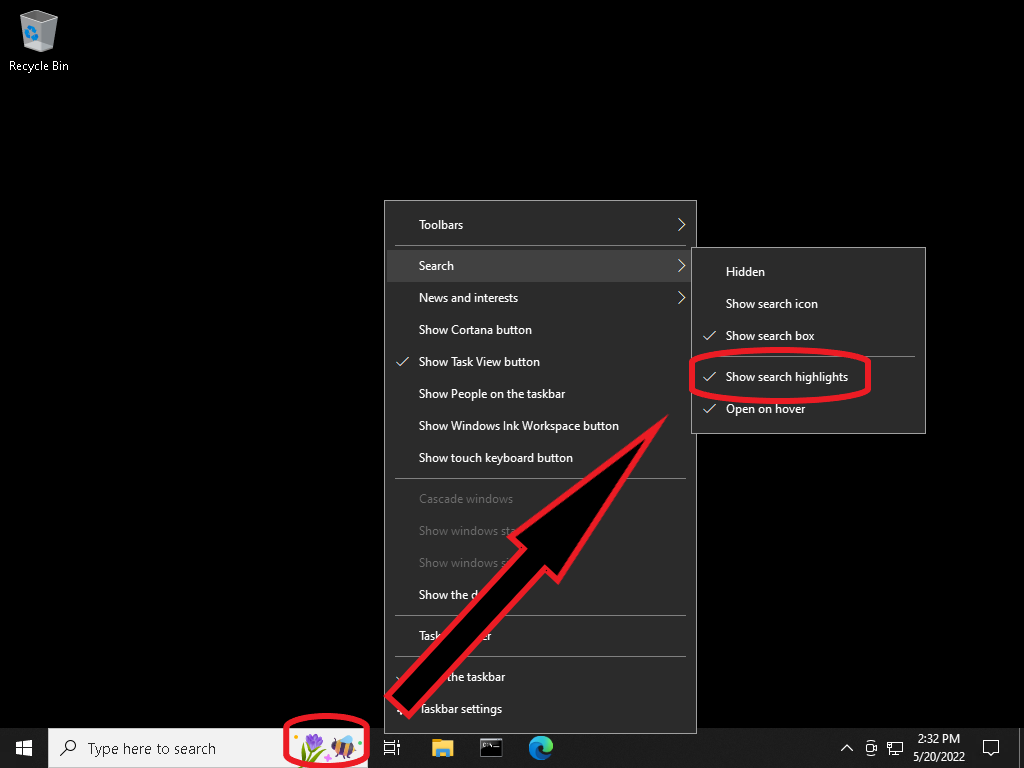
The June 2020 PC Updater News is available now, here. Missed issues and the free newsletter signup page are here.
This issue covers how to recognize both a trojan horse attempting to breach the city gates, and how to recognize a file claiming to be something you want, when it’s just another attempt to breach computer security, usually ransomware, banking and mail login capture software, or cryptominers.





